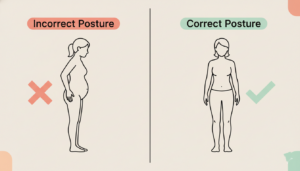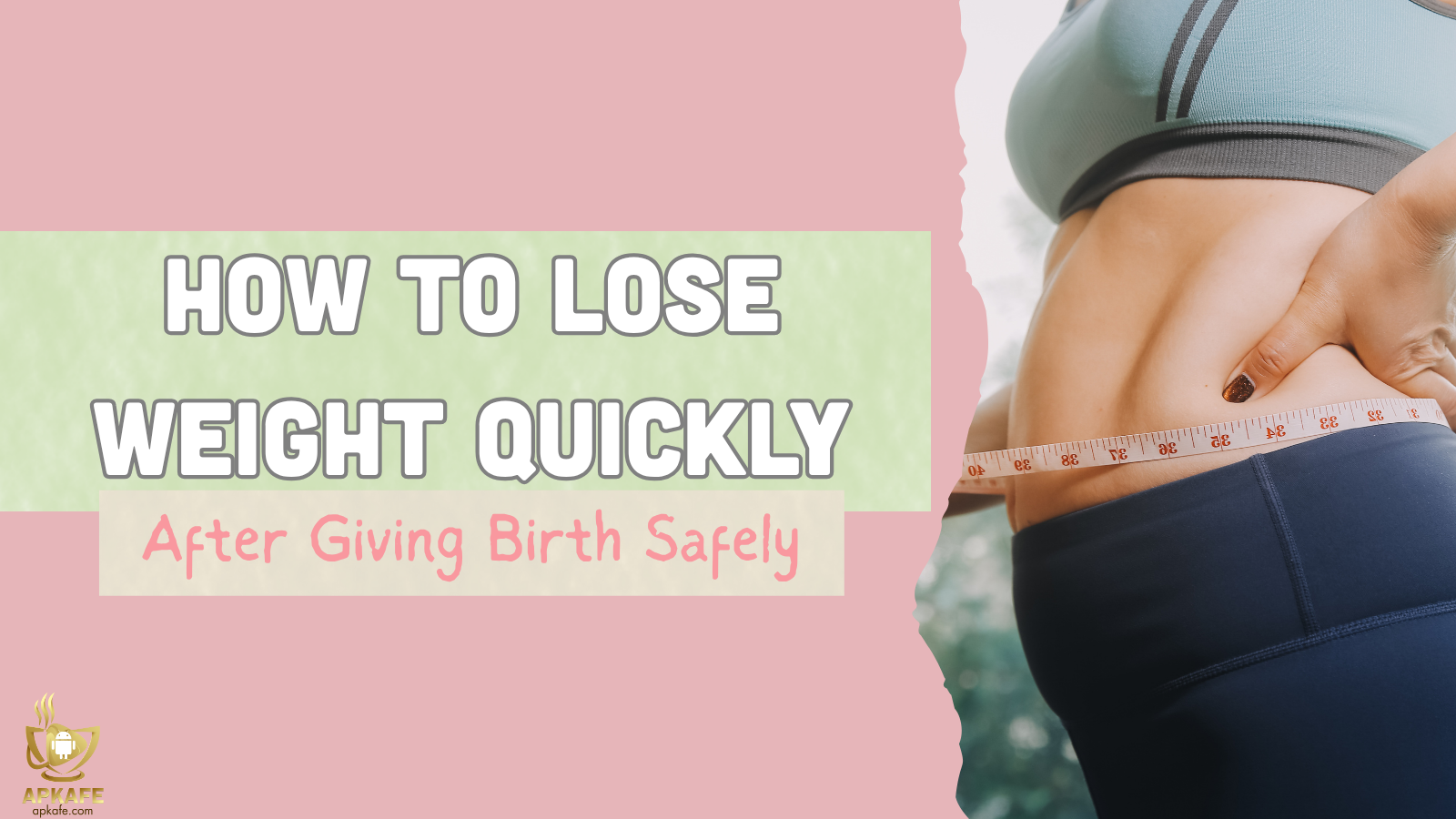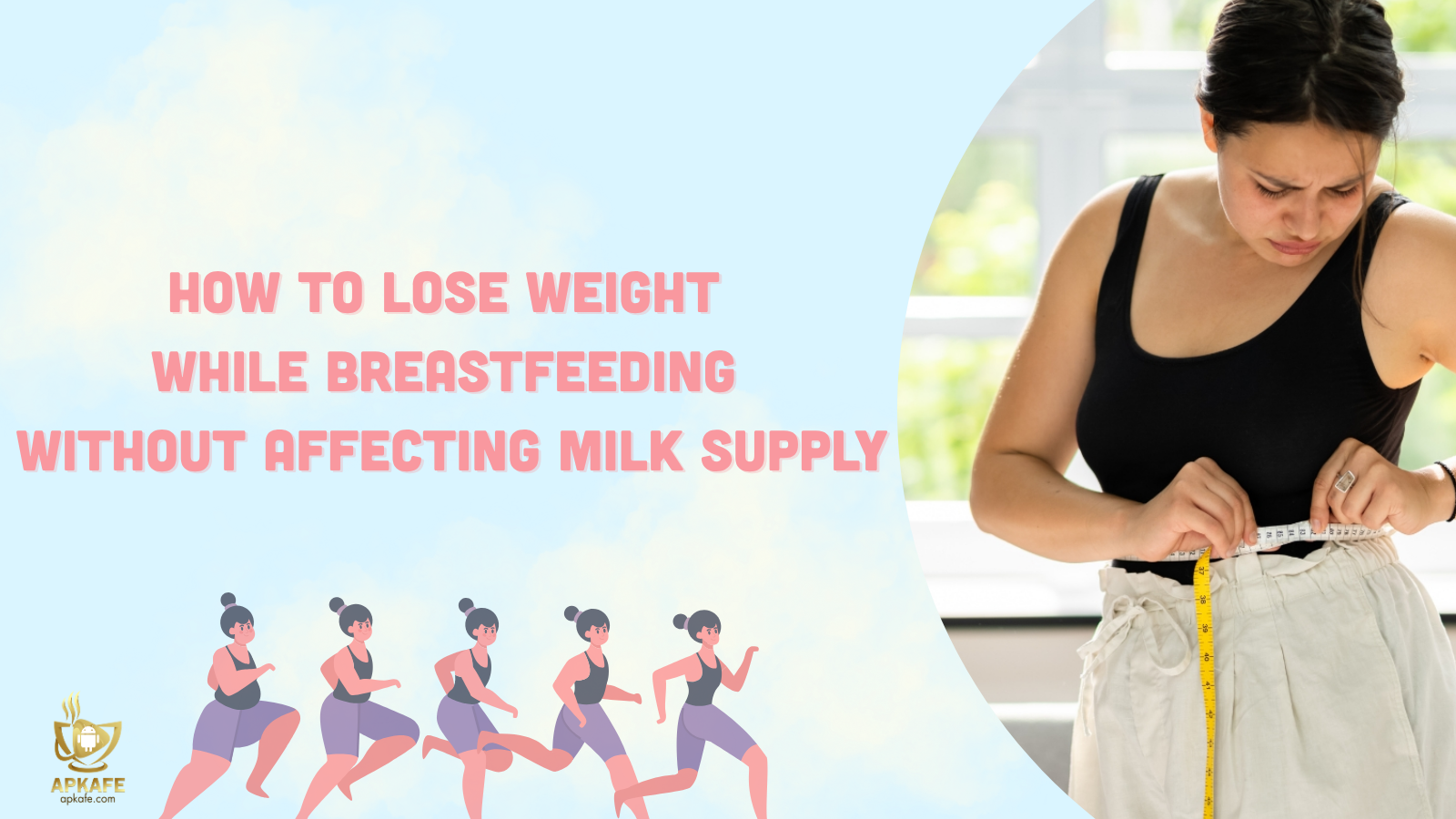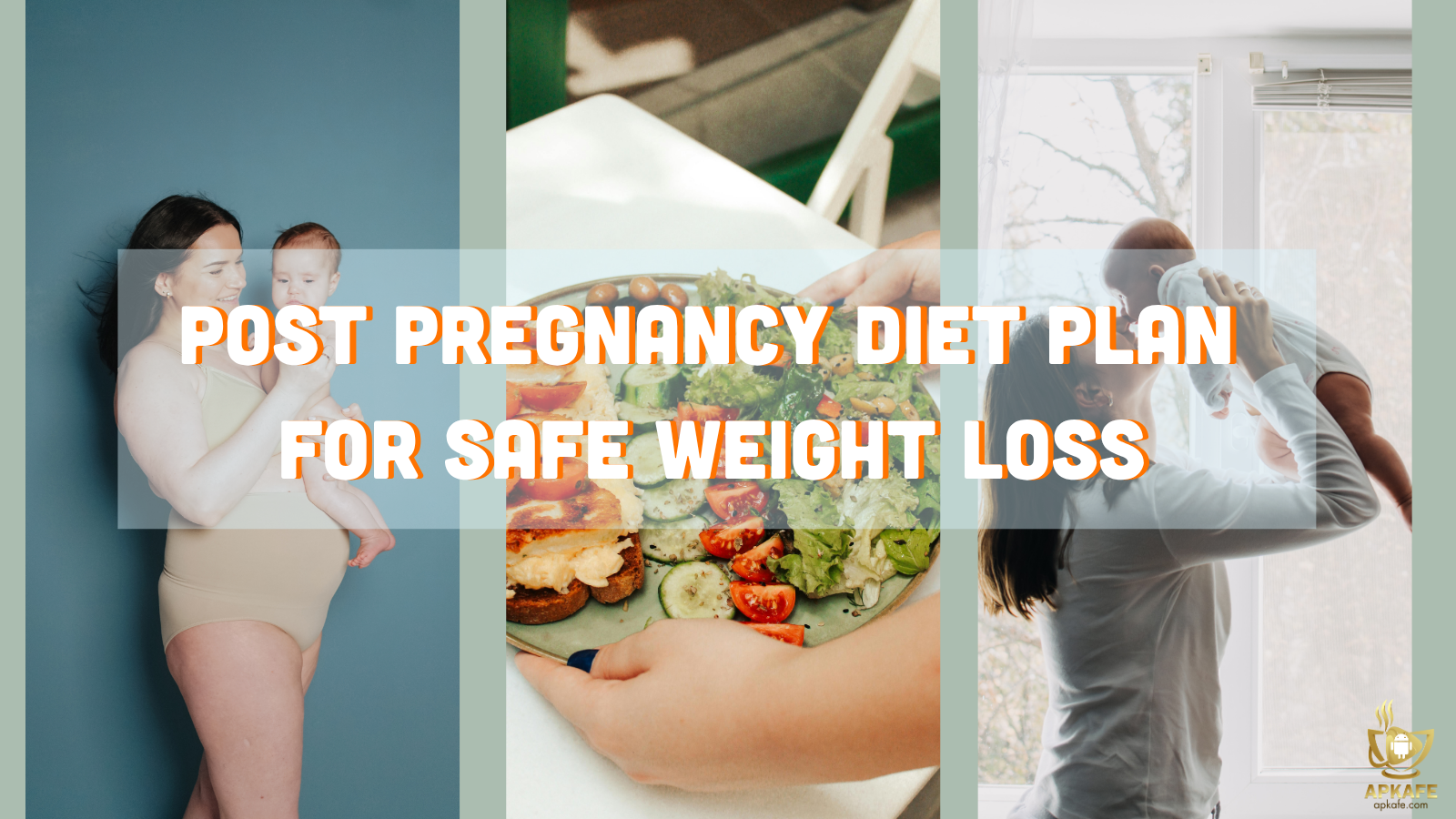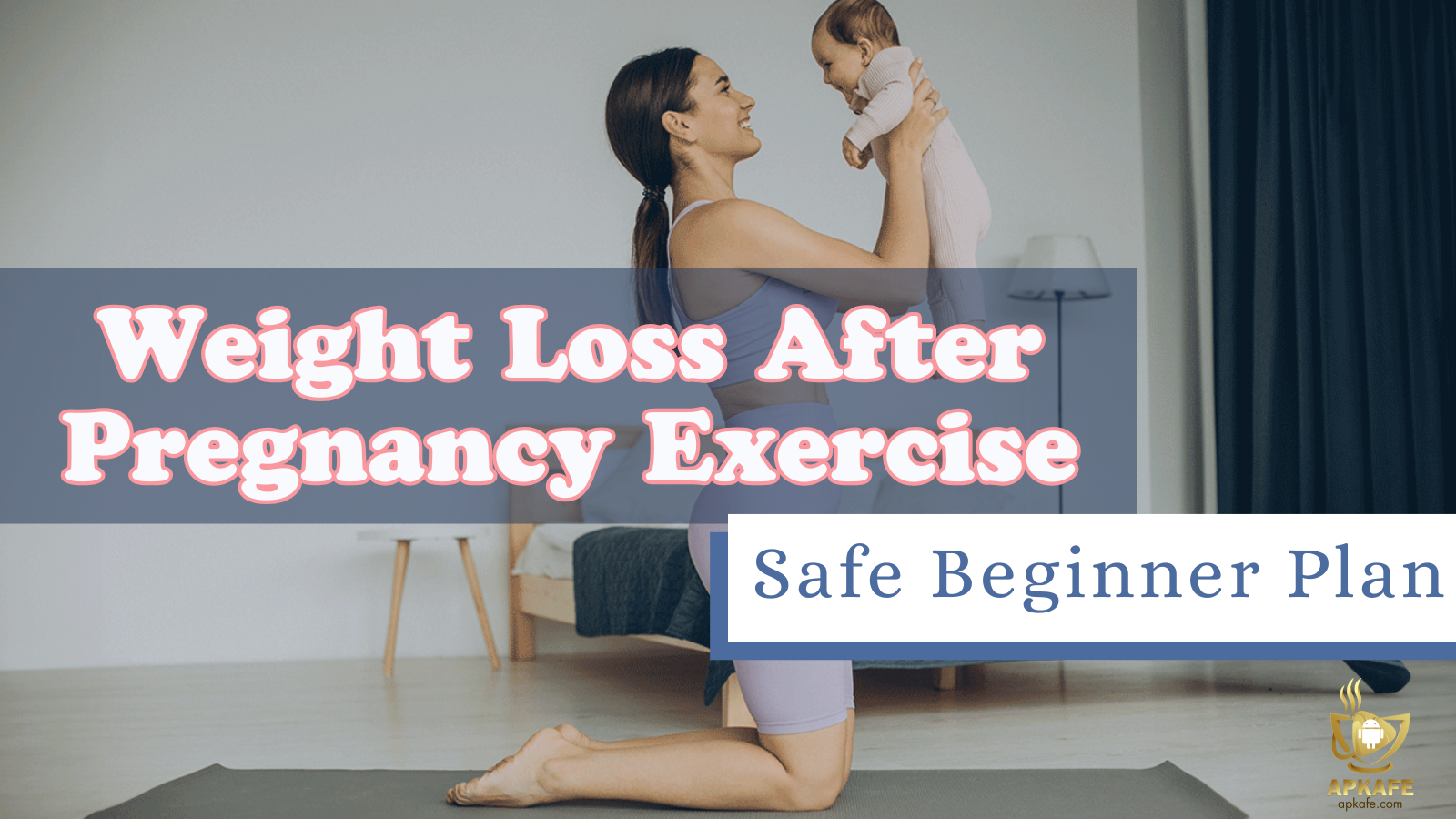Weight Loss After Pregnancy Exercise: Safe, Beginner-Friendly Guide
In just a moment, you’ll learn a small breathing shift that instantly makes every postpartum exercise safer, especially for your core. Many moms search for weight loss after pregnancy exercise advice, but the truth is that safety and healing always come first. Losing weight after pregnancy should not involve intense or punishing routines. The safest and most effective pathway begins with understanding your healing body, rebuilding your internal support system, and choosing movements that respect your recovery timeline. You’ll learn how to check readiness, perform low-impact exercises, avoid pressure on the pelvic floor, and use supportive apps (Nike Training Club, Home Workout – No Equipment, MyFitnessPal) strictly as tools for guidance and tracking—not medical instruction.
What Is Postpartum?
Postpartum is the recovery period after childbirth—often lasting from several months to a year. During this time, the pelvic floor, abdominal wall, hormones, sleep patterns, and energy levels fluctuate significantly. This is also why weight loss after pregnancy exercise approaches must be slower, gentler, and centered on alignment rather than intensity.
Recovery is not limited to the first 6 weeks. Healing may take 6–12 months or longer depending on birth type and complications. Therefore, postpartum exercise must follow principles of slow, gentle, progressive, and aligned with your symptoms.
Quick Summary:
- Postpartum varies greatly between individuals
- Core + pelvic floor receive the biggest load
- Hormones and sleep affect energy + training capacity
- Pressure-managed exercises are essential
Benefits of Exercise in Postpartum
The biggest benefit of postpartum exercise isn’t weight loss but something most mothers never expect. Postpartum movement brings numerous physical and emotional benefits even without intense workouts. Choosing the right weight loss after pregnancy exercise routine helps support the entire healing system—not just aesthetics.
Postnatal exercise brings a lot of gentle, feel-good benefits for new moms:
- Helps your body recover faster by strengthening muscles that worked hard during pregnancy and birth.
- Boosts your energy, making it easier to handle long days and short nights.
- Lifts your mood and can ease stress, anxiety, or postpartum blues.
- Supports healthy weight management by burning calories and rebuilding muscle tone at a steady pace.
- Strengthens your core and pelvic floor, which may reduce issues like diastasis recti or leakage.
- Improves sleep quality, helping your body relax and reset.
- Enhances circulation, supporting overall heart and whole-body health.
👉 To support your metabolic recovery, you can explore healthy eating habits for weight loss.
Essential Postpartum Readiness & Safety Checks
Skipping this section is the #1 reason postpartum results plateau because one tiny muscle may still be offline.
Prerequisites Before Exercising
- Get medical clearance (usually 6–12 weeks; later for C-section)
- Start with breathing and core activation before heavier movement
- Avoid high-impact exercises early
- Check for diastasis recti; reduce intensity if doming appears
- Stop immediately if you feel pelvic heaviness, pulling, dizziness, or leakage
Warm-Up & Core Breathing Foundation
Focus on diaphragmatic breathing: inhale to widen your ribs, exhale to gently draw your abdomen inward. This resets pressure and promotes safe movement.
Step-by-Step Plan: Safe Exercises for Postpartum Weight Loss
In Step 4, you’ll discover the most commonly misperformed postpartum move—and how to fix it instantly.
Step 1: Core Activation & Diaphragm Reset
Lie on your back with knees bent. Inhale through your nose, letting your ribs widen; exhale as your lower abdomen gently draws inward. This reconnects your deep core and pelvic floor—your foundation for all postpartum movement.
Pitfall: Pulling your belly in too hard (“sucking in”), which increases pressure.
Pro Tip: Nike Training Club offers short core-breathing tutorials.
Step 2: Pelvic Floor + Glute Integration
Perform supported bridges: inhale to prepare, exhale to lightly lift your pelvic floor and press hips upward. Lower with control. This strengthens your glutes and pelvic stability.
Pitfall: Arching lower back or clenching too hard.
Pro Tip: Imagine lifting in a straight line for alignment.
Step 3: Low-Impact Cardio
Begin with 2–3 minutes of marching in place, step-taps, or gentle side-to-side shifts. Add 10–15 minutes of walking once cleared.
Pitfall: Increasing speed too early; postpartum joints remain lax.
Pro Tip: Use Nike Training Club’s low-impact cardio sessions. Pair calorie tracking with MyFitnessPal
Step 4: Posture & Back Strength (Bird-Dog, Wall Angels)
Bird-dog stabilizes your spine and teaches deep core engagement. Wall angels strengthen posture—crucial for moms doing lots of lifting and holding.
Pitfall: Belly “dropping” during bird-dog.
Pro Tip: If you see doming, shorten the range or hold only the arm lift.
Step 5: Light Strength Training (Bodyweight)
Use sit-to-stand squats, wall push-ups, and supported lunges. Move slowly, exhaling through effort.
Pitfall: Letting knees collapse inward during squats or lunges.
Pro Tip: Follow guided beginner routines in Home Workout – No Equipment, which includes postpartum-friendly modifications. This app follows gentle body-weight movements, which match guidance from RCOG and Cleveland Clinic on safe early-stage postpartum strengthening.
Step 6: 10-Minute Flow for Busy Days
Combine marching, pelvic lifts, squats, and cat-cow in one continuous flow.
Pitfall: Dismissing short workouts as ineffective.
Pro Tip: MyFitnessPal helps visualize progress even with shorter sessions.
Step 7: Week-by-Week Progression (Optional)
Weeks 1–2: breathing + pelvic floor
Weeks 3–4: low-impact cardio + strength
Weeks 5–6: extend to 15–20 minutes; add light resistance if cleared
Pitfall: Jumping back to pre-pregnancy workouts too fast.
Pro Tip: Symptoms (heaviness, doming, leakage) mean slow down—not stop.
Common Postpartum Exercise Pitfalls & Fixes
Avoiding one mistake here can save months of frustration.
Common Fixes
- If you see coning, regress to breath + core activation.
- If you feel pelvic heaviness, switch to seated or side-lying exercises.
- If you feel back strain, adjust ribs over hips and shorten your range.
Safety & Privacy Checklist for Fitness Apps
Before downloading any app, check permission #3—it protects your identity.
Checklist
- Review app permissions
- Disable GPS unless required
- Limit personal data shared
- Enable 2FA for login
- Read data-sharing policies carefully
- Revoke unused permissions regularly
Comparison / Checklist Table (Postpartum Exercise Essentials)
| Criteria | What to Look For | Why It Matters Postpartum | Quick Self-Check |
|---|---|---|---|
| Core Safety | No coning or doming, manageable breathing | Protects diastasis recti and pelvic floor | “Can I exhale and engage without bulging?” |
| Low-Impact Options | Marching, step-taps, slow strength work, walking | Safe for joints and healing tissues | “Does this movement feel light, not jarring?” |
| Progression-Friendly | Weeks 1–6 plan with adjustable intensity | Prevents overload and plateaus | “Can I scale this up or down easily?” |
| Time Flexibility | Short 5–10 minute options available | Fits real postpartum schedules | “Can I do this during one nap?” |
| App Support | Guided videos and postpartum modifications | Reduces decision fatigue and improves form | “Does this app offer beginner or low-impact modes?” |
| Privacy Safety | GPS optional, limited data permissions | Protects health and location privacy | “Do I understand what data this app collects?” |
| Breath Integration | Diaphragmatic cues and slow exhale patterns | Prevents internal pressure and supports core recovery | “Am I breathing or holding my breath?” |
Final Thoughts
Postpartum exercise is not about rushing or forcing your body into its previous shape. A smart weight loss after pregnancy exercise plan focuses on deep healing, core connection, breath, and gentle strength—not extreme intensity.
Honor your timeline, listen to your body, celebrate every gain, and trust that with safe, consistent movement, your strength will return in a sustainable, confident way.
FAQs
The final FAQ reveals the biggest myth about postpartum belly fat.
How soon can I start exercising after birth?
Most women can begin gentle breathing and pelvic floor activation within days, but full exercise usually starts after medical clearance (6–12 weeks; later for C-section).
What exercises are unsafe early postpartum?
Avoid crunches, planks, running, jumping, heavy lifting, or anything causing coning/doming until your core stabilizes.
Can I lose weight while breastfeeding?
Yes, but avoid extreme calorie deficits. Prioritize nutrient-dense foods and slow, steady fat loss.
How much exercise is enough on busy days?
Even 5–10 minutes counts. A short flow or low-impact circuit supports healing.
Can fitness apps help with postpartum progress?
Apps like Nike Training Club or Home Workout – No Equipment are excellent for short guided routines. MyFitnessPal helps track energy intake safely.
What if I notice abdominal bulging during movement?
Stop, reduce intensity, and return to breathing and core activation. Bulging means your core isn’t managing pressure.
Why is my belly still soft months after delivery?
Hormonal shifts, stretched fascia, and reduced deep-core engagement all play roles. Consistent core rehab—not crunches—is the real solution.
User Reviews




